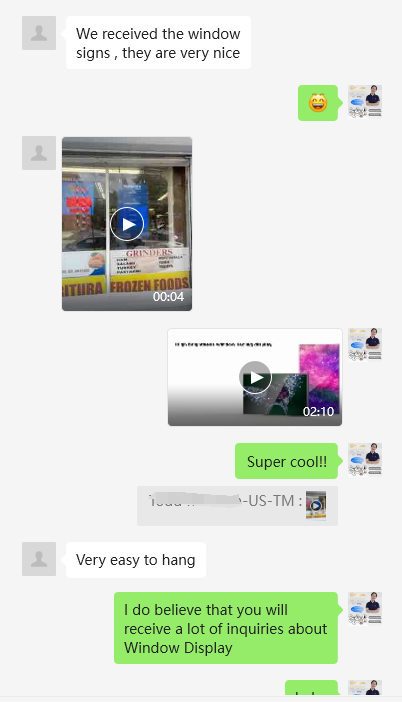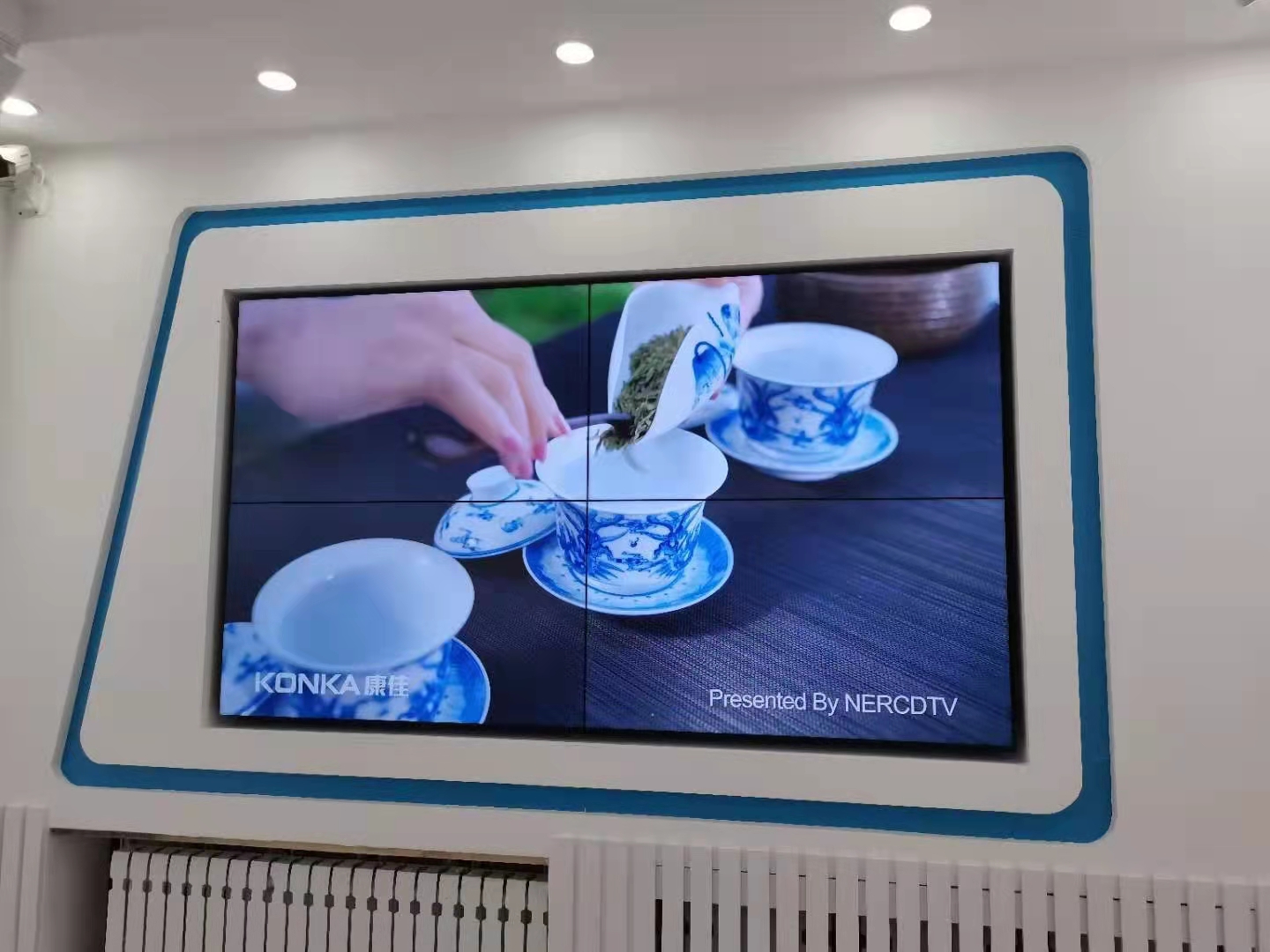The Application of Video Walls in Restaurants 1
In recent years, Video Walls—also known as splicing screens—have become increasingly popular across different industries, and the restaurant sector is no exception. Once limited to airports, malls, and control centers, Video Walls are now transforming the dining experience by offering a unique blend of functionality, aesthetics, and customer engagement. Restaurants are using these digital solutions not only to display menus but also to create immersive environments that keep customers coming back. Below are several real-world cases that illustrate how video walls are being applied in restaurants and the benefits they bring.
1. Creating a Striking First Impression
One of the most successful applications of Video Walls in restaurants is their use as eye-catching entrance features. For example, a luxury steakhouse in New York City installed a 3x3 Video Wall near the reception area. The screens displayed high-definition visuals of sizzling steaks, vineyard landscapes, and the chef’s cooking process. By doing this, the restaurant instantly set the tone for its brand, conveying quality and sophistication before diners even sat down.
This use of video walls goes beyond simple decoration. The restaurant carefully aligned its content with its branding strategy, ensuring that customers not only saw food but also experienced the restaurant’s identity. The Video Walls created a sense of exclusivity, helping the steakhouse differentiate itself from competitors. Many guests even took photos and shared them on social media, offering the restaurant free digital marketing.
2. Digital Menu Walls for Flexibility and Efficiency
Another powerful case comes from a fast-casual restaurant chain in Los Angeles. Instead of using traditional printed menu boards, the chain adopted a series of video walls behind the counter. These screens displayed digital menus with rotating images, time-based offers, and promotional videos.
For instance, during breakfast hours, the Video Walls automatically shifted to highlight morning specials like coffee and pastries. At lunchtime, sandwiches and salads were promoted, while the evening menu featured dinner deals and family combos. This time-sensitive adjustment ensured that the most relevant items were always front and center.
The impact was significant. First, the restaurant cut down on printing costs since menus no longer needed to be physically updated. Second, the dynamic visuals encouraged upselling—customers were more likely to try new items when they saw them displayed in an appetizing, animated format. Over six months, the restaurant chain reported a 12% increase in average order value directly linked to the use of digital Video Walls menus.
3. Enhancing the Dining Atmosphere
Restaurants are also using Video Walls to create immersive environments that improve the dining experience. A Japanese fusion restaurant in Singapore, for example, built a panoramic video wall along one side of its dining room. Instead of static artwork or posters, the screens projected visuals of flowing waterfalls, cherry blossoms, and night views of Tokyo.
This creative use of splicing screens transformed the atmosphere into something extraordinary. Customers reported feeling transported to Japan, which enriched the dining experience and made meals more memorable. The restaurant cleverly adjusted its content throughout the day—soft morning landscapes for breakfast, lively street scenes for lunch, and romantic cityscapes for dinner service.
By turning dining into an immersive experience, the restaurant was able to justify premium pricing. Customers were not only paying for food but also for the ambiance, which was powered by the Video Walls.


